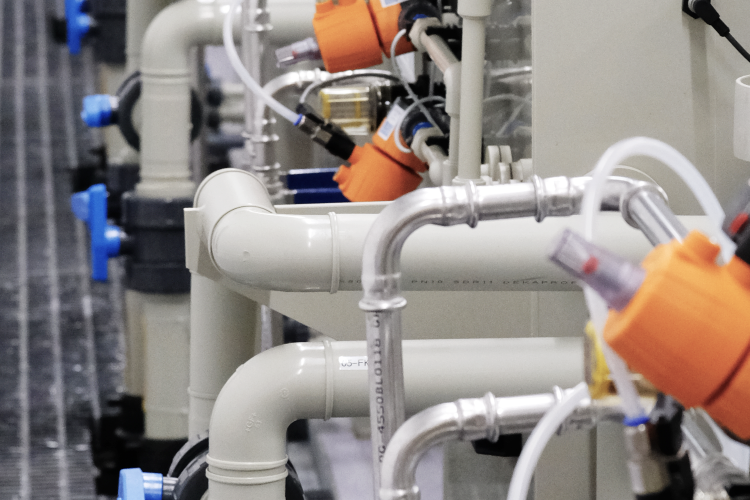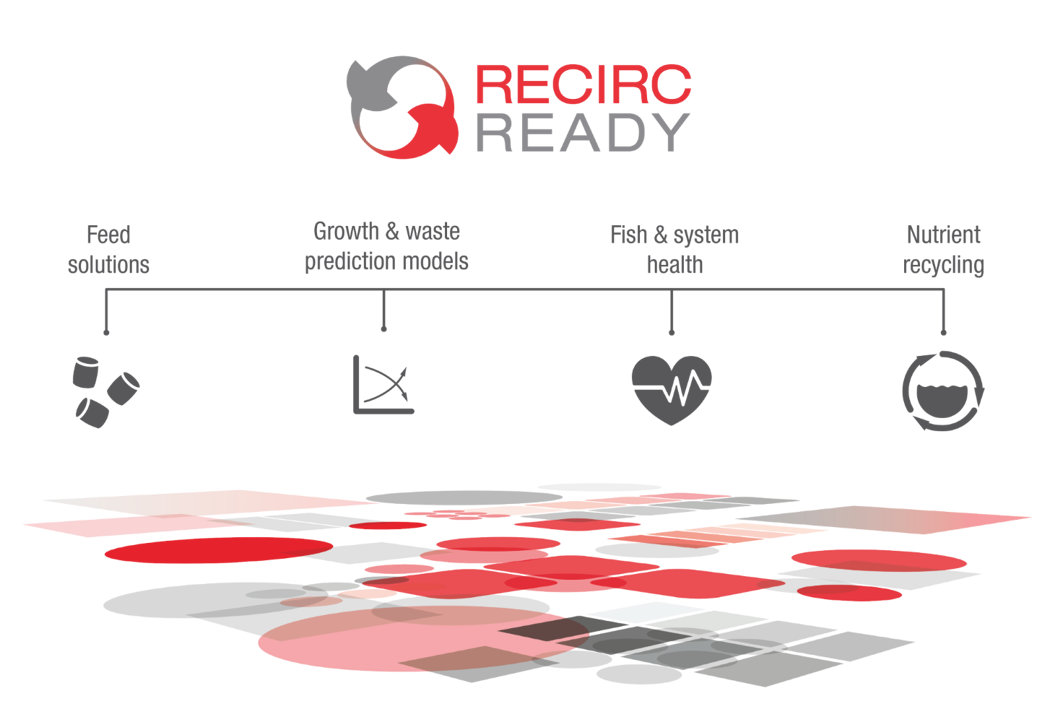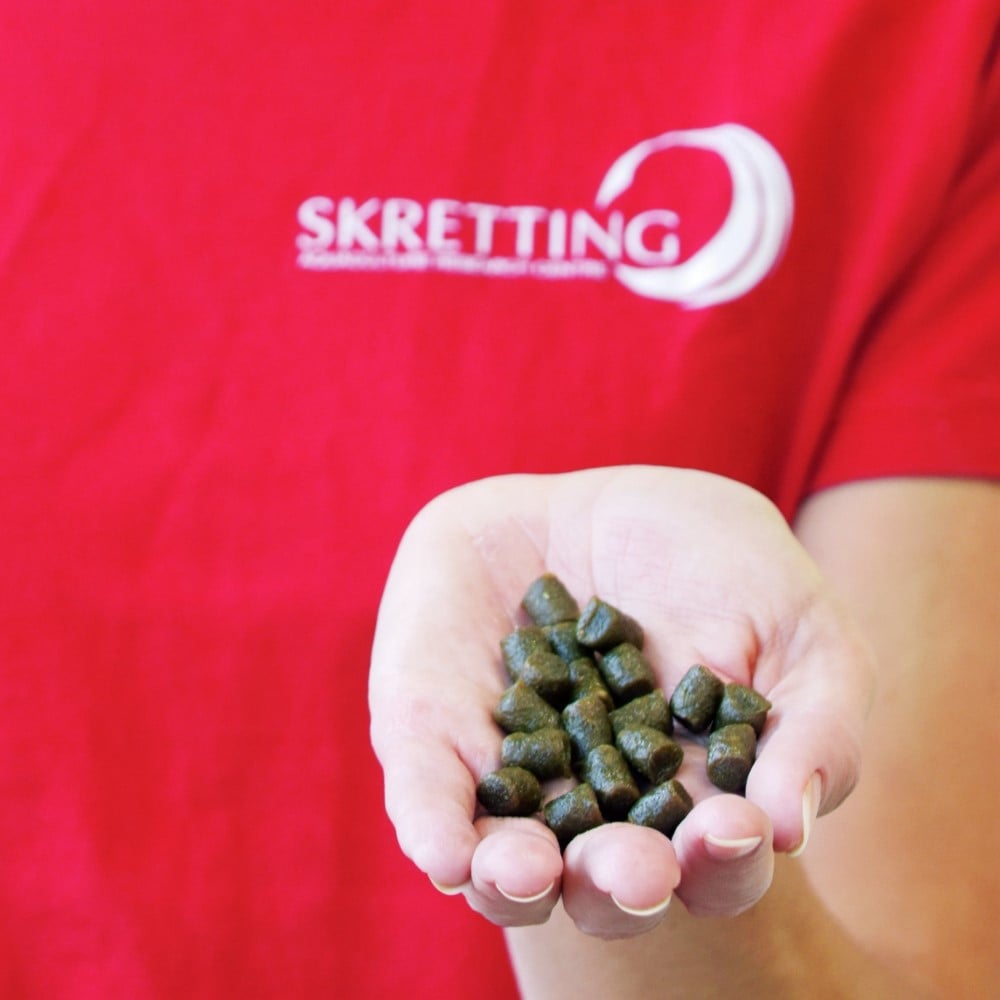
Skretting, a pioneer in diets specifically designed for recirculating aquaculture systems (RAS), has upgraded its integrated feed concept for the closed containment farmed fish production method.
Today, Skretting is the market leader for feeds specifically designed for recirculating aquaculture systems.
Recirculating Aquaculture Systems are land-based aquaculture facilities that reuse water by cycling it through a filtration system so it can be used again. The highly sustainable nature of these operations reduces the amount of water and space needed for aquaculture. The population of RAS-based facilities has grown exponentially and more are being implemented worldwide, year after year. The increased use of RAS represents a paradigm shift for aquaculture as they are becoming the standard, not only for early stages in freshwater, but the entire life cycle for many species.
RAS farming can be a fully controlled system offering a number of advantages and opportunities. Firstly, it alleviates the need for aquaculture to be in an existing environmental ecosystem that complements the species. This allows the convenience of diversity with species and location. Secondly, the overall health and growth of the species can be improved as water quality is carefully monitored to ensure conditions remain optimal. Some of the parameters monitored regularly include oxygen, carbon dioxide, pH, temperature, nitrite, nitrate and ammonia. Finally, RAS also require very little water and space making it much more sustainable in comparison to traditional methods.
RAS come with their own unique challenges, in particular maintaining consistent water quality. The filtration of organic matter (physical and dissolved waste) produced by the aquaculture species needs to be efficiently removed by the system in order to reduce the water. The system uses an array of filters including a live microbial filter (bio-filter) that is key in removing and reducing harmful dissolved waste. It is essential that all other filters remove excess waste and nutrients so that the microbial balance remains in this filter. It is imperative to only use optimal diets to decrease waste output and maximise filtration in order to maintain high quality water conditions thus improving growth, FCR, product availability and increased biomass.
Skretting has invested many research resources into RAS because of their potential to enhance the sustainability of the aquaculture industry. We have three dedicated RAS-based research facilities across the world, each of which has a unique focus. Our central RAS team at the Skretting Aquaculture Research Centre (ARC) is comprised of many knowledgeable researchers,specialising in these systems.
The knowledge and expertise that Skretting continues to amass along with the R&D facilities that we have in place will prove invaluable as more and more of these systems come on stream

Skretting’s dedicated concept for RAS, RecircReady, was introduced to the global aquaculture market back in 2009 - an industry first. The concept takes into account modelling capabilities, nutrient recycling solutions and health monitoring in addition to tailored feed solutions.
Skretting’s first feed for RAS was an industry milestone, designed to provide farmers with the best possible solution to optimise land-based production based on 3 key principles: improve faeces quality, make mechanical filtration more efficient, and reduce nutrient load for biofilters.
Consistency is important for recirculating systems in order to successfully maintain the conditions of the fish rearing environment. For this reason, we have put in place meticulous quality procedures to ensure that the quality and formulation of pellets is of consistent quality from batch to batch. We also use turbidity testing to validate the performance of the pellet before anything is even packaged.

